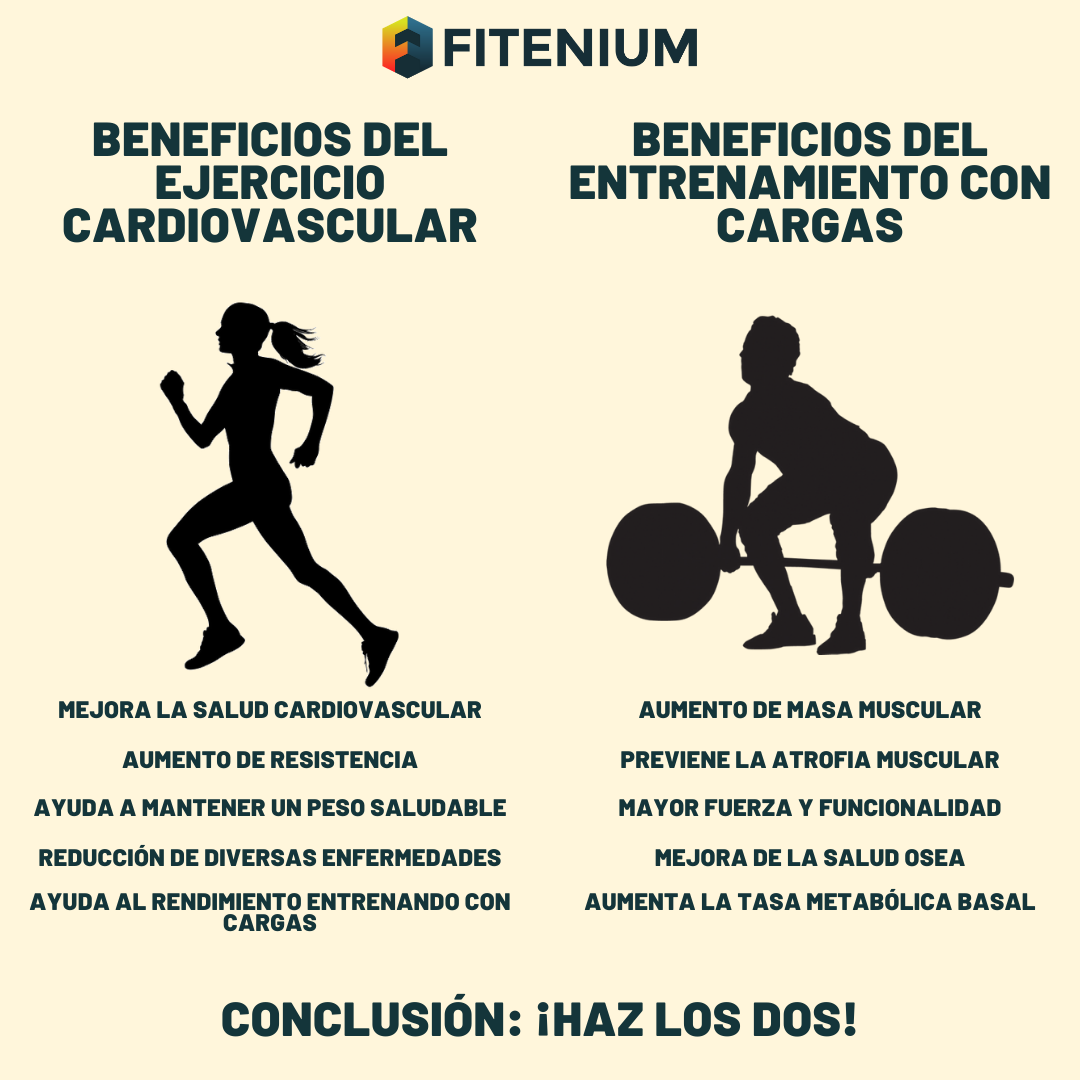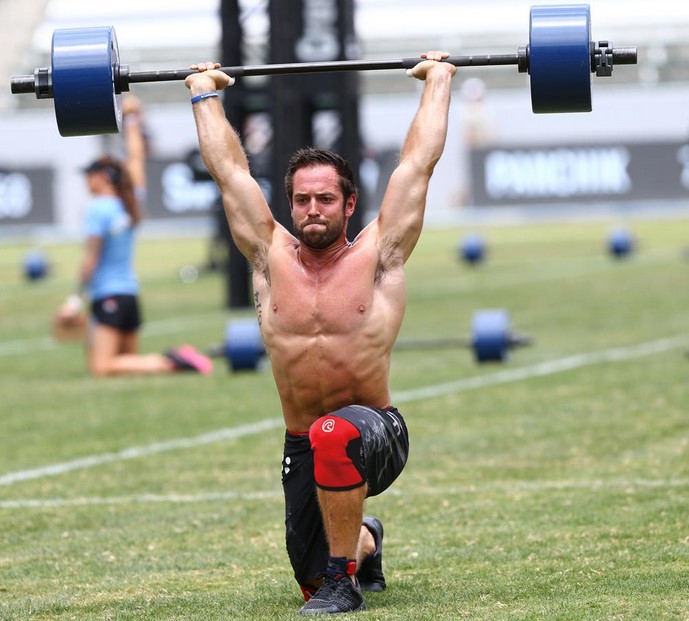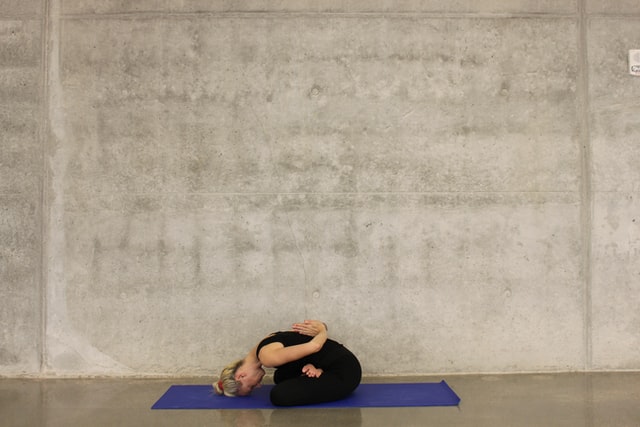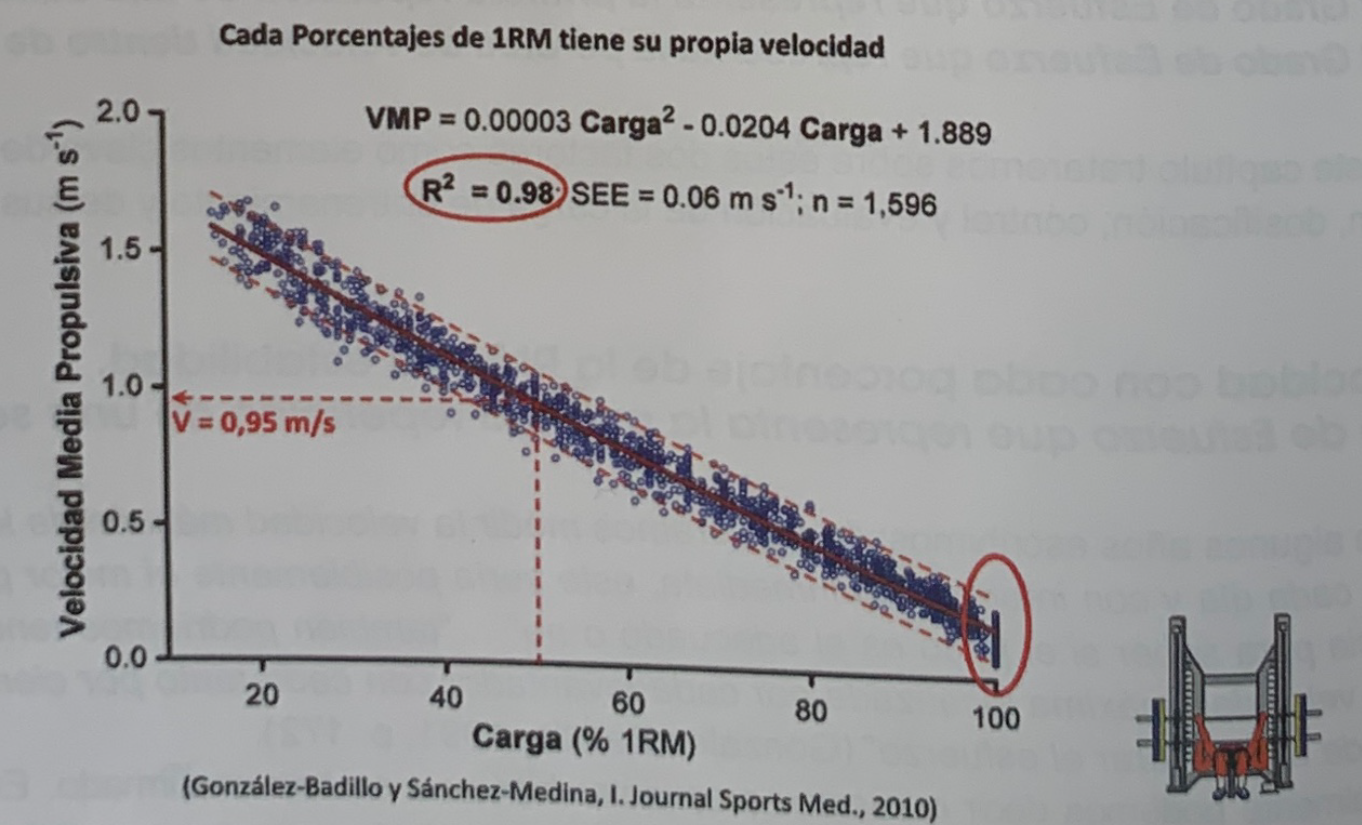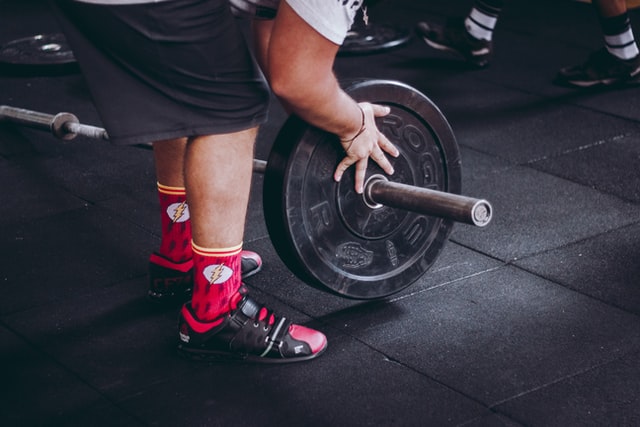If you don’t already know Fitenium is a free, mobile, video-based social network for athletes who train strength or bodyweight exercises. At Fitenium users can follow their performance, compete and get discounts in nutrition and sports equipment stores. Download it here.
High-intensity training, better known as HIIT (High-Intensity Training), consists of alternating short periods of high-intensity exercise with periods of recovery or light exercise.
This type of training is widespread today and can have many health and performance benefits.
This HIIT article is based on a recent systematic review and meta-analysis (2015-2017) of the benefits of HIIT training on various health and performance parameters.
Below I will provide interesting information about other recent studies and research on HIIT.
For those who wish to read in more detail, both the systematic review and meta-analysis, and the linking of work and research within the text.
Obesity, and more specifically the accumulation of excess body fat, is a serious global health problem and it is growing rapidly. More than 39% of adults were considered overweight, 13% were considered obese in 2014, and the prevalence of overweight and obesity has doubled worldwide since 1980.

Published on Unplash by Sergio Pedemonte
Being overweight or obese is a major risk factor for cardiovascular and metabolic disorders, especially atherosclerosis, type II diabetes, and metabolic syndrome, and increases the risk of death from any cause.
In particular, central steatosis, which refers to adipose tissue deposited specifically in the trunk, including visceral fat around central organs, causes a series of negative adaptations to cardiovascular structure and function, increasing the risk of disease. Mortality.
The benefits of physical activity for weight control, reduction of central obesity, and control of obesity are well documented. Recently, high-intensity interval training (HIIT) has become a popular alternative, primarily due to its efficiency over time, as lack of time has been cited as a common barrier to exercise participation. . I’m going to.
A recent systematic review and meta-analysis from 2017 of the same year, which compared the effects of high-intensity interval training (HIIT) and moderate-intensity continuous training (MICT), showed that overweight and obese adults (18-45 years) improved body composition. The average workout is one HIIT session 3 times a week for 10 weeks.
 HIIT and fat loss
HIIT and fat loss
Both HIIT and MICT cause a significant reduction in fat mass and waist circumference, but HIIT achieves this with less effort in training time.
Well, both HIIT and MICT have been reported to cause a significant reduction in fat mass and waist circumference.
There were no significant differences between HIIT and MICT on body composition measurements, but HIIT needed to reduce training time by 40%. motion.
The results of another recent systematic review and meta-analysis from 2017 of this year are very similar, with HIIT improving maximal oxygen uptake (VO2max) and some cardiometabolic risk factors such as the environment Sample that can set up an effective training protocol. Waist, body fat percentage, resting heart rate, systolic and diastolic blood pressure, fasting blood glucose in overweight or obese populations.
In overweight or obese populations, HIIT improves cardiometabolic health and produces significant positive physiological adaptations that may reduce the incidence and progression of disease-related risk factors.

Published on Unplash by Damir Spanic
Taken together, performing HIIT in an overweight or obese population may improve cardiometabolic health and reduce the incidence and progression of risk factors related to overweight or obesity-related diseases. It leads to various physiological adaptations. aerobic capacity.
However, further studies are needed to determine if these metabolic adaptations after HIIT extend to a normal weight population.
Because HIIT activity regimens require a minimal time commitment, HIIT can improve the metabolic health of the heart as a time-efficient alternative or adjunct to the commonly recommended MICT.
Thus, the use of HIIT (under appropriate pre-exercise testing and supervision conditions) at the start of an exercise program three or more times a week for 12 weeks may improve cardiopulmonary function and reduce body fat in the population. . I recommend it. Overweight and obesity.
Improvement of health-related physical fitness in adolescents and childhood obesity
A recent systematic review and meta-analysis found that high-intensity ligand training (HIIT) was effective in improving cardiopulmonary function and body composition in adolescents (13-18 years) compared with non-exercise groups. They provide a moderate intensity of continuous training.
This study provided evidence of statistically significant improvements in cardiopulmonary function, body mass index (BMI), and percentage body fat during adolescence after the HIIT intervention.
HIIT improved adolescents’ cardiopulmonary function, body mass index, and body fat percentage
Study duration emerged as a moderator of body fat percentage. This indicates that the HIIT intervention is as effective or longer than the 8-week period.
The authors also recommend integrating strength training into the HIIT program to build strength for adolescents.
On the other hand, physical activity has multiple health benefits and is well known to be an important factor in the management of childhood obesity.
Published in 2016, a meta-analysis evaluated the effectiveness of HIIT training interventions on cardiometabolic risk factors and aerobic capacity in childhood obesity (ages 6-17 years).
HIIT intervention induces more favorable adaptations in the central and peripheral cardiovascular system than other forms of exercise
This study shows that HIIT intervention (duration 4 to 12 weeks) significantly reduces systolic blood pressure and increases maximal oxygen consumption (VO2max) more than other forms of exercise (continuous medium intensity and interval training). Show what it brings. ), in line with the study analyzed in the previous point.
The results suggest that the HIIT intervention induces more favorable indications in the central and peripheral cardiovascular system. Therefore, HIIT can be considered a more effective and time-saving intervention to improve blood pressure and aerobic fitness levels in obese adolescents compared to other types of exercise.
improved vascular function
Vascular dysfunction is a precursor to the atherosclerotic cascade (atherosclerosis is a degenerative disease that damages the lining of the aorta) and significantly increases susceptibility to cardiovascular events such as myocardial infarction and stroke.
Since high intensity physical training (HIIT) is a powerful way to improve cardiorespiratory fitness, the purpose of recent systematic reviews and meta-analyses is to review the evidence, the impact of HIIT on vascular function compared to training. It was to quantify the mean intensity continuity (MICT).
A typical HIIT prescription is four 4-minute intervals (HIIT 4×4) at 85-95% of maximum heart rate, with a sparse 3-minute active recovery at 60-70% of maximum heart rate, three times per week 12 -16 weeks.
HIIT training is a more powerful form of exercise for improving vascular function than continuous training of moderate intensity.
Brachial artery blood flow-mediated dilation improved by 4.31% and 2.15% after HIIT and MICT, respectively. This resulted in a mean significant difference of 2.26%. HIIT also tended to have a more positive impact than MICT on secondary outcome measures such as cardiopulmonary function, traditional cardiovascular disease risk factors, oxidative stress, inflammation, and insulin sensitivity.
Therefore, HIIT training (of the specific interventions used and described above) is more likely to be a powerful exercise for improving vascular function as well.
Glucose regulation and insulin resistance
Obesity and type 2 diabetes are closely related, with over 80% of people with type 2 diabetes being classified as overweight or obese based on body mass index (BMI) thresholds.
Dietary and physical activity interventions are the foundation for the management of both conditions. However, while the effects of exercise on type 2 diabetes and insulin sensitivity are well established, its effects on weight regulation are controversial.
A recent meta-analysis involving 50 studies and more than 2,000 participants shows that HIIT further reduces insulin resistance and weight compared to continuous training.
Participants at risk or those with type 2 diabetes had lower fasting blood glucose levels with HIIT compared with continuous training.
Therefore, it was concluded that HIIT is appropriate as an alternative to continuous training to promote metabolic health and weight loss, especially in people with type 2 diabetes or metabolic syndrome.
Enhanced muscle power and free testosterone
High Intensity Training (HIIT) training is a time-saving strategy for achieving health and performance benefits for youth.
Six HIIT sessions over a 2-3 week period have been shown to improve muscle strength in physically active men and women. , Age frequency, and as exercise that has been shown to improve quality of life.
Similarly, maximal strength (maximum strength) is an important determinant of athletic performance throughout life and declines and declines over the years. Lolo
Both show a significant disadvantage for high-performance competitive athletes, and to overcome this physiological decline, training programs tailored to older athletes are required.
In a recent 2017 study, HIIT training (6 weeks in duration) significantly increased absolute and relative peak power and slightly elevated free testosterone in high-level male athletes aged 55-65. It shows.
HIIT training can improve peak power and a slight increase in free testosterone
These athletes competed at a high level in water polo, triathlon, track cycling, road cycling and running at various distances.
The HIIT session had six 30-second splits at 40% of maximum power and three minutes of active recovery interspersed.
Taken together, these data indicate that there is a carefully timed placement of HIIT training hours at higher Tremes levels of older athletes, which may lead to a better assimilation environment.
Given a previous study detailing that peak power recovery in the elderly took approximately 5 days of HIIT, such a carefully timed workout was designed to maintain athletic performance for limited periods of time. It will be a hands-on approach (less training time).
Improved performance in intermittent profile sports
The ability to perform periods of high intensity and the ability to isolate and recover between those periods is a central part of training for sports with an intermittent profile such as team sports (soccer, basketball, handball, rugby, etc.). Racket things (tennis, paddle tennis, badminton, etc.).
These sports have various strengths, suits, and agility to achieve high-level performance.
A recent degree project by Ismael Macia Serrano, a student at the Miguel Hernández University in Elche, evaluates high-intensity intermittent training as a tool to improve performance in intermittent sports.
And yes, it is a task of systematic review of the literature with the appropriate methodologies and the appropriate guidance, so it is a task that is evaluated and considered.
Well, this study concluded that High Strength Rib Training (HIIT) seems to be an efficient way to address the above aspects. This type of training provides faster musculoskeletal adaptations (eg, increased mitochondrial content) than traditional continuous resistance training.
Higher intensity requires less exercise time to produce beneficial musculoskeletal adaptations. On the other hand, higher intensity is more effective with less exercise, and low-work HIIT (15 sessions up to 40 minutes) is a good way to improve performance and fitness.
HIIT is more efficient and sport-specific training with an intermittent profile compared to long-term continuous training.
In addition, cardiorespiratory (increased mitochondrial density) and metabolic (increased glycogen availability) adaptations similar to traditional long-term resistance training have been shown to be obtained.
Therefore, HIIT is more efficient and specific for sports with an intermittent profile compared to continuous training of long duration without the typical actions of these sports such as acceleration, braking and turning. Formation.
However, the type of HIIT (duration and concentration, duration of recovery and concentration, etc.) depends on the coach’s purpose with the player and the particular characteristics of the sport.
This last aspect must be taken into account for other populations as well, since training must be individualized, just like HIIT.
The (eligible) trainer personalizes the HIIT training (duration and intensity of the series, duration and intensity of recovery, type of obesity: obese, experienced and trained, elderly, etc.) without risk Adequate adaptation of.
CONCLUSION
HIIT is a great training tool with many health and performance benefits, but not all of them work.




